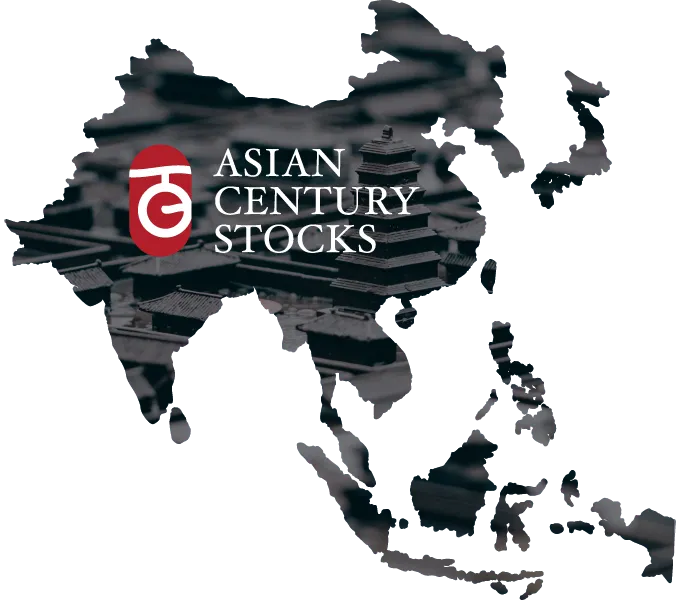Table of Contents
Disclaimer: Asian Century Stocks uses information sources believed to be reliable, but their accuracy cannot be guaranteed. The information contained in this publication is not intended to constitute individual investment advice and is not designed to meet your personal financial situation. The opinions expressed in such publications are those of the publisher and are subject to change without notice. You are advised to discuss your investment options with your financial advisers, including whether any investment suits your specific needs. From time to time, I may have positions in the securities covered in the articles on this website. Full disclosure: I do not hold a position in Prada at the time of publishing this article. To reiterate, this post and the below presentation are for informational and educational purposes only - not a recommendation to buy or sell shares.
Prada (1913 HK —US$18 billion) is a strange beast.
It’s an Italian fashion group listed in Hong Kong, of all places. Many European and American investors ignore the name, which has caused Prada to trade at a considerable discount to its peers.
The first Prada shop was opened in 1913 by Mario Prada, a former leather goods salesman who imported English handbags and travel accessories and sold them to the Italian elite.
After decades of modest growth, Mario’s granddaughter, Miuccia Prada, took over the business. In the 1970s, she decided to merge Prada with the leather goods business of Patrizio Bertelli, who later became her husband.
Miuccia had a PhD in political science and was a self-professed Marxist and revolutionary at heart. Her rebelliousness might have helped Prada stand out in its new direction as an “anti-status” or “inverse snobbery” brand.
Prada’s first breakthrough came in 1979 when it launched its first shoe line. Then came the Prada backpacks, which challenged conventions by being made of nylon rather than leather. Finally, the first Prada tote bags were also made of nylon.
The 1988 catwalk made a stir. At that time, Italian fashion was mostly about glamor and glitz. Prada’s clothing stood out by being minimalist and utilitarian. Miuccia wanted women to use her clothing to make statements:
“Clothes were never about doing clothes… it’s about living different parts of your personality”
That philosophy has stayed with Prada until today and it continues to be run by Miuccia and her husband Patrizio, though with the help of Andrea Guerra, the former CEO of Luxottica.
Prada has three main brands:
- Today, the “Prada” brand represents 74% of revenues. Prada sells handbags at relatively high price points and ready-to-wear fashion. The designs are minimalist and conservative.
- The “Miu Miu” brand, named after Miuccia herself. It sells handbags, clothing targeted to a younger clientele. The designs are youthful and playful. Miu Miu represents 23% of revenues but growing fast.
- Finally, the British footwear brand Church’s was acquired in 1999. These conservatively styled shoes are sold to both men and women and represent 1% of revenues.
The mainstay of Prada’s business is its handbags and accessories. In addition, Prada sells eyewear and fragrances through partnerships with Luxottica and L’Óreal.
Does Prada have competitive advantages? Well, the brands are certainly known far and wide. It owns a whole range of iconic products that continue to do well year after year. And the management team has an impressive track record.
If there’s anything I can fault Prada with, it’s that it only produces 24% of its products in-house, with the rest outsourced to third parties in Asia. Such outsourcing makes it challenging to ensure quality control.
But outsourcing hasn’t been an impediment to growth in the past. Both Prada and Miu Miu have enjoyed a resurgence in recent years. The turnaround started in 2017 when Prada reduced its reliance on wholesale channels. By taking this action, Prada was able to reduce wholesale channel discounting and thus improve the brand's perception. And since 2019, prices for Prada handbags have gone up significantly, leading to higher margins for the group.
Another shift for Prada was hiring Belgian clothing designer Raf Simons. Miuccia and Raf are now co-creative directors, allowing Miuccia to spend more time on the Miu Miu brand and take it to the next level.
It seems to be working. Miu Miu’s mini skirts and crop tops got the fashion world talking, and its Wander and Arcadie bags are selling like hotcakes. According to the Lyst Hottest Brand Index, Miu Miu is now the #1 fashion brand in the world, and Prada is #3.
Miu Miu’s success is evident from alternative data sources. An index of Google search queries for “Miu Miu” has risen +85% year-on-year. Miu Miu keeps trending on TikTok in an upward curve. In the last quarterly report, Miu Miu’s revenues grew +105% year-on-year, as noted by Global Stock Picking who has written about the stock on Twitter. Prada’s management team commented that:
“Miu Miu remains on a remarkable organic growth trajectory”
So Prada is certainly doing well right now. But will its success continue?
Short-term, yes. But in the medium term, that’s more difficult to forecast. The fact is that the luxury goods industry is suffering from weak demand in China. Some of the culprits include falling property prices and weak consumer confidence. The price increases we’ve seen in the core Prada brand will be challenging to keep up with now that households have already spent their COVID-19 stimulus checks.
Other question marks include:
- Prada’s and Miu Miu’s latest spring/summer fashion shows weren’t as well received as those in previous years.
- I wonder if Prada and Miu Miu indirectly benefitted from the “quiet luxury” and “Y2K aesthetic” trends.
- The CEO of Miu Miu recently resigned, and there is no replacement in sight.
In any case, Miuccia is a creative genius, and the Miu Miu brand is on a roll right now. I believe that Prada will continue to outperform its peers, at least in the short term. From that perspective, it’s odd to see the stock trade at a modest EV/pretax profit of 14x - a significant discount to its global peers.
It’s just a matter of getting comfortable with and learning to deal with the fashion industry’s cyclical nature.
Click the “Download” button to access the full PowerPoint presentation:









